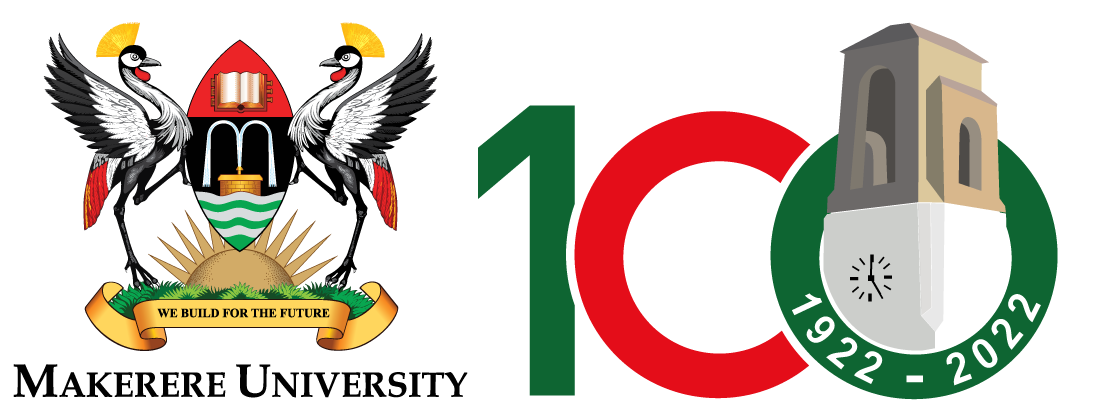This paper presents the results of thermal comfort and air quality studies in naturally ventilated residential buildings in Kampala City, Uganda. Questionnaire surveys were used for obtaining occupant subjective thermal sensation votes. Indoor and outdoor measurements for air temperature (Ta), Mean Radiant Temperature (MRT), relative humidity, air speed, and air quality were done for seven buildings over fifteen days during the month of June 2019. DesignBuilder software was used to develop the reference building model and to simulate strategies for improvement of thermal comfort. Survey results showed that 67.8% of the respondents were comfortable with the indoor thermal environment. The indoor air temperature range was 22.7°C - 27.9°C which lies within the 80% acceptable limits set by ASHRAE 55. The measured indoor MRT range was 24.24°C - 25.57°C. Measured levels of indoor PM2.5 were double the World Health Organization recommended limits, while the levels of PM10 were thrice the recommended limits of ASHRAE 62.1. The CO2 concentrations were within the limits set by ASHRAE 62.1. The developed model predicted comfortable indoor conditions with a temperature range of 23.6°C - 25.3°C based on the 80% acceptable limits set by ASHRAE 55. The results show that majority of occupants preferred cooler temperatures during the day which is justified by the use of adaptive measures to obtain thermal comfort.
| Abstract |
|
| Year of Publication |
2021
|
| Journal |
Energy and Built Environment
|
| Volume |
Volume 3
|
| Issue |
Issue 4
|
| Number of Pages |
Pages 508-524
|
| Date Published |
October/2022
|
| Type of Article |
Journal Article
|
| URL |
https://www.sciencedirect.com/science/article/pii/S2666123321000453
|
| DOI |
https://doi.org/10.1016/j.enbenv.2021.05.007
|
| Refereed Designation |
Peer reviewed
|


